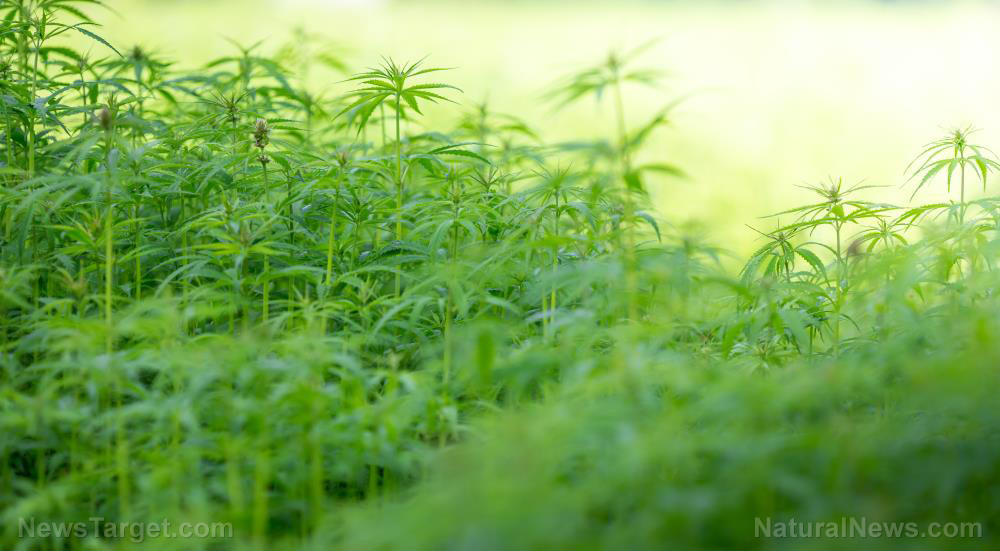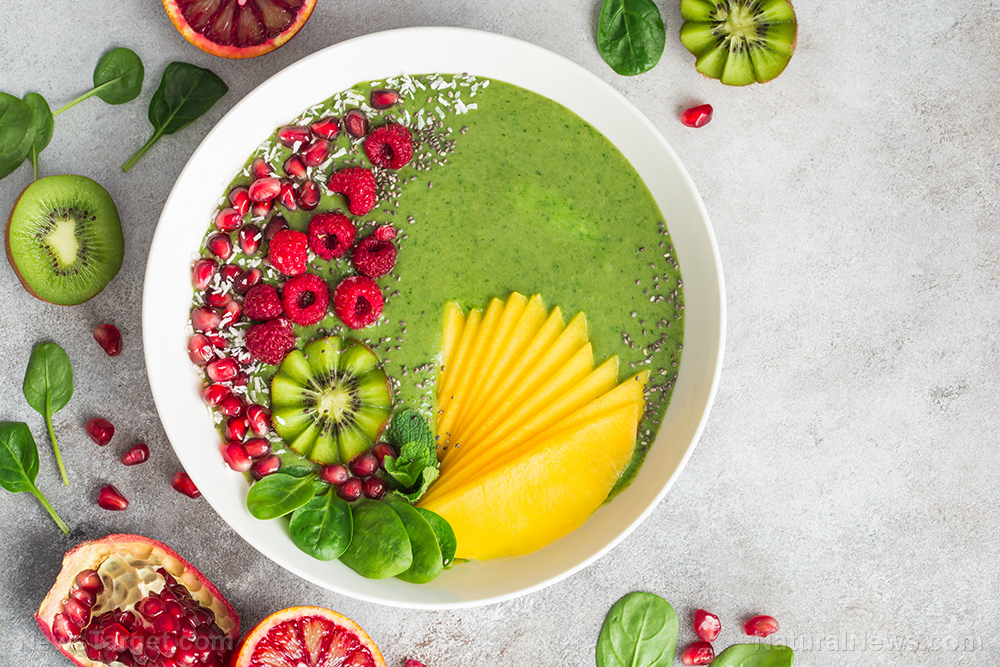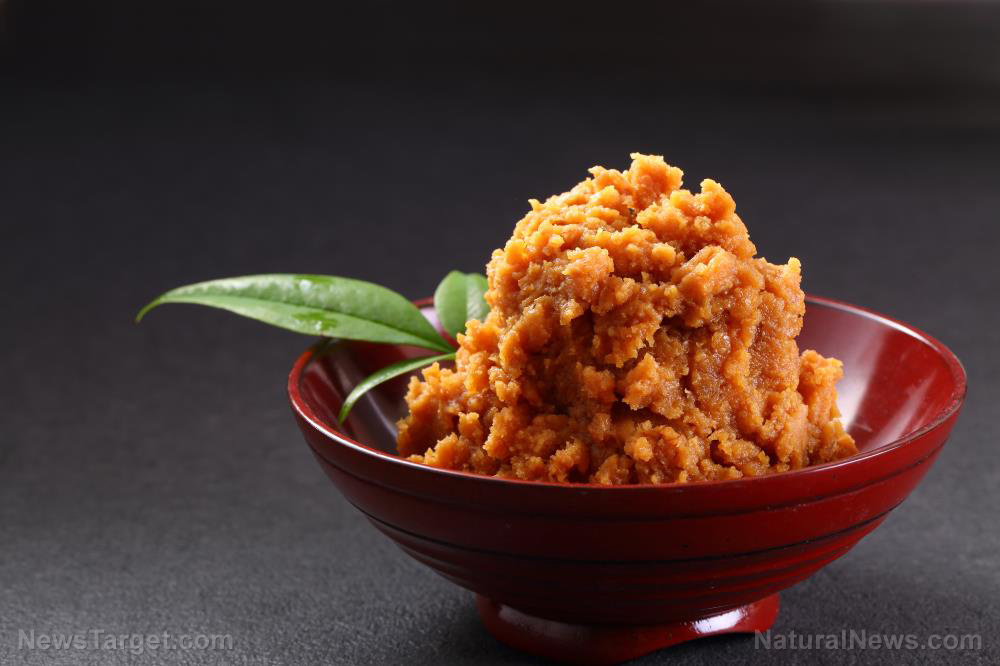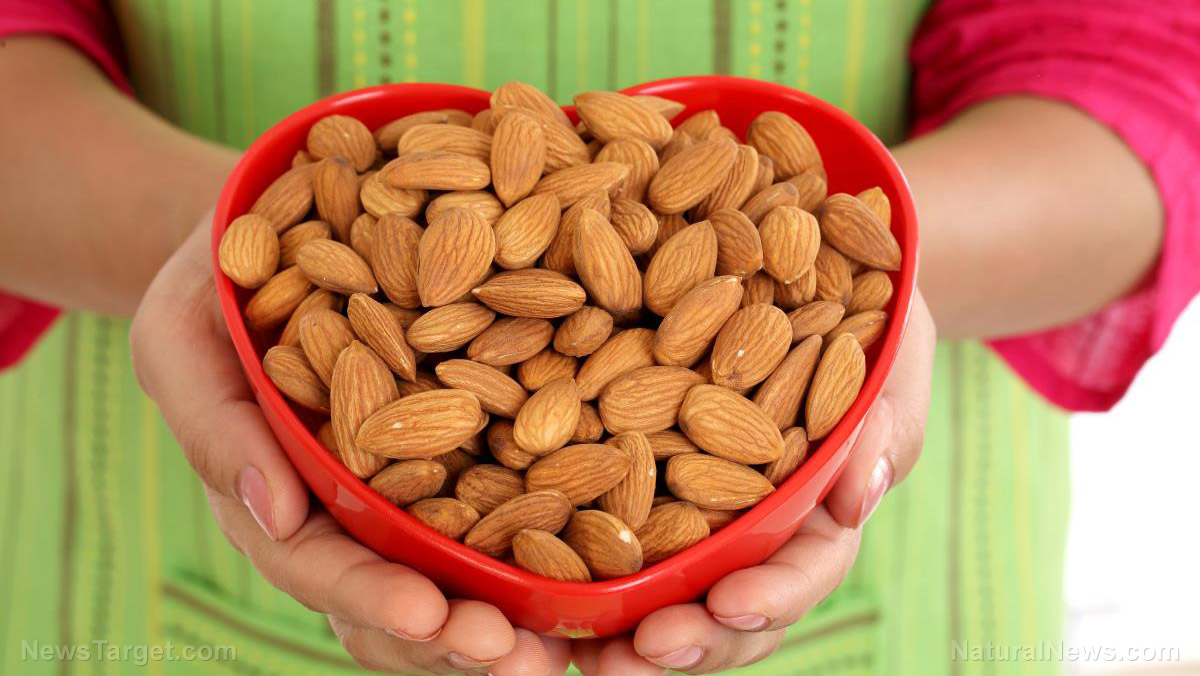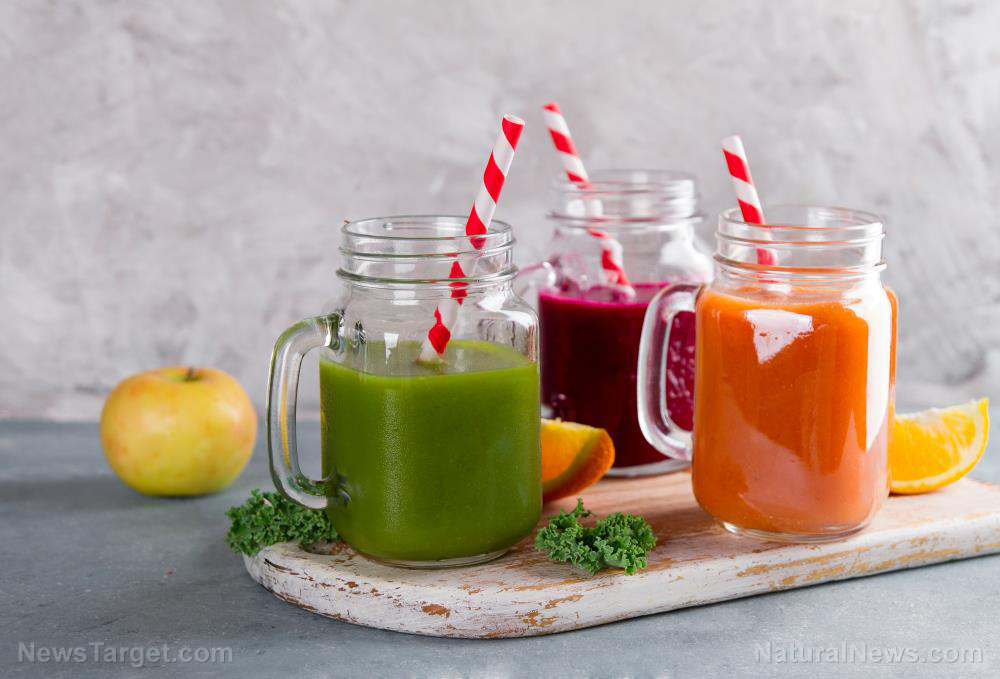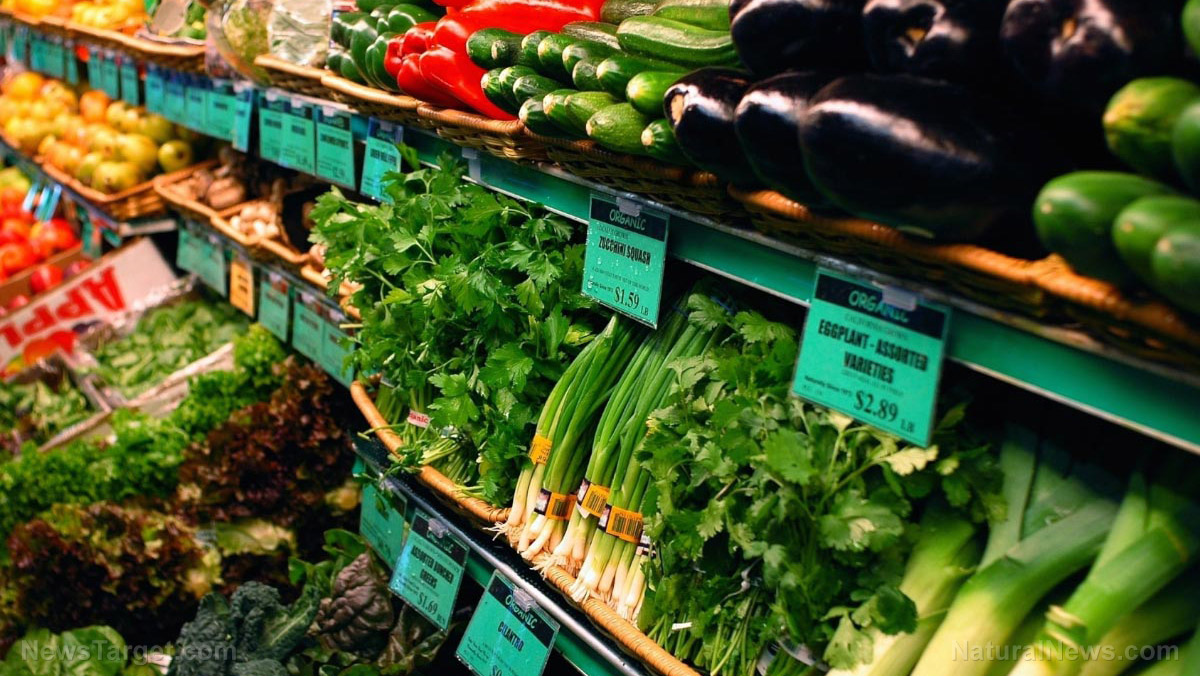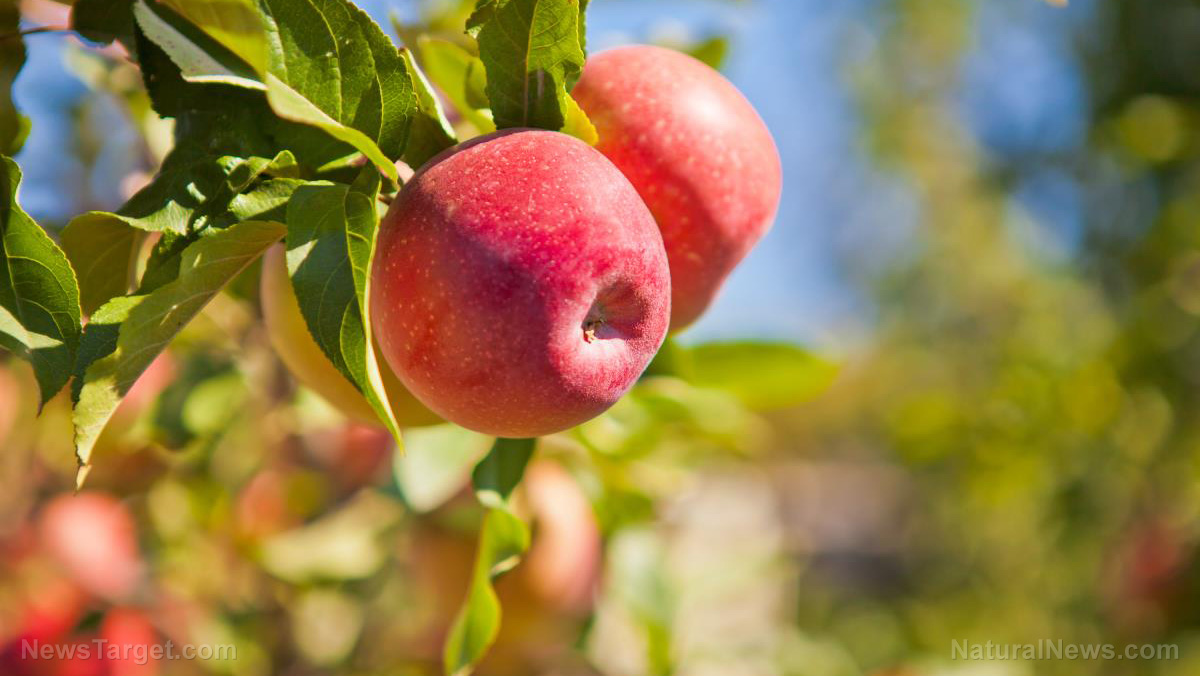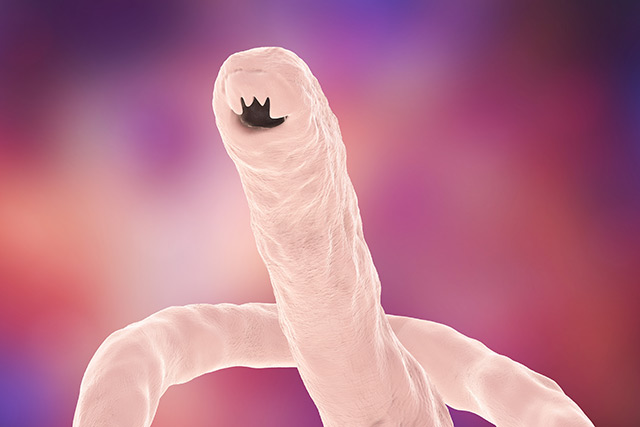Human composting legalization now promoted as “organic” fertilizer, just like biosludge sewage sludge from cities
11/15/2019 / By Ethan Huff

Being “sustainable” and “green” apparently now means eating food grown from dead humans, as the state of Washington recently unveiled new legislation that would allow for human remains to be converted into “organic fertilizer” for food crops.
Mirroring what was depicted in the 1973 film Soylent Green, legislators basically want to “recycle” human corpses by turning them into “nutrients” for food – and these lawmaking cannibals actually have a contingent of supporters that believes this is all somehow a good idea.
Bill 5001, which flew through Washington’s Senate and House of Representatives with bipartisan majorities, provisions that the remains of deceased humans can legally be turned into “liquid compost” through a dissolving process known as alkaline hydrolysis, and then applied to growing soils across the state.
Supporters of the initiative are calling it “natural organic reduction,” as if taking flesh and bones and spreading it across the food supply is “progressive.” And some of them are actually excited to begin using it themselves to grow food at home.
“I am very much in favor of the composting of human bodies!” shouted one Wes McMahan, a retired cardiovascular intensive-care nurse who testified in favor of the bill at a recent hearing.
“When I’m done with this body that served me very well for the past 64 years, do I want to poison it with formaldehyde and other embalming chemicals? No,” he went on to say. “Burned? Not my first choice. But what about all the bacteria I’ve worked with so long in this body – do I want to give them a chance to do what they do naturally? I believe in doing things as naturally as possible.”
The American food supply is being converted into people
Since human composting involves turning human remains into a liquid sludge, chances are this sludge will end up contaminating water supplies after being flushed down the toilet or dumped down drains, until it eventually settles in wastewater treatment plants.
If you’ve been following any of our coverage about so-called “biosludge,” then you probably recognize the very real threat of human compost making its way into the treated sewage sludge that’s now being spread on American food crops.
While we already know that the plan for human compost is to use it on crops, its presence in biosludge means that it’ll likely end up even in places where it wasn’t necessarily intended.
With traditional cremation, human remains are burned and turned into ash, which is basically just pulverized bones. But this new method of liquid cremation preserves the “nutrient” content of human remains – chemicals, pharmaceuticals, and all!
Writing for Grist back in 2015, guest columnist Katie Herzog, who’s “in her late 30s, short-haired and androgynous, and … lives with her girlfriend and two kids in Seattle’s Capitol Hill neighborhood,” admitted that liquid cremation differs from traditional cremation in that normal cremated remains “are devoid of nutrients.”
Liquid cremated remains, on the other hand, are more likely to “fertilize the ground,” she contended, which suggests that any toxins also present in the remains will likewise enter and contaminate that same ground before being absorbed into food crops.
Research published in The Canadian Journal of Infectious Diseases found that biosludge without human remains is already a toxic stew filled with pathogens, heavy metals, and chemicals. One can only imagine the contents of the human compost-infused biosludge of the “future.”
For more related news about the threat of toxic biosludge in all of its forms, be sure to check out Biosludge.news.
For some helpful tips about how to naturally grow food at home without the need for composted dead people, visit OrganicFarming.news.
Sources for this article include:
Tagged Under: biosludge, cities, dead people, fertilizer, food safety, food supply, human composting, sewage, sewage sludge, toxic ingredients, Washington, waste
RECENT NEWS & ARTICLES
COPYRIGHT © 2017 ORGANICS NEWS


